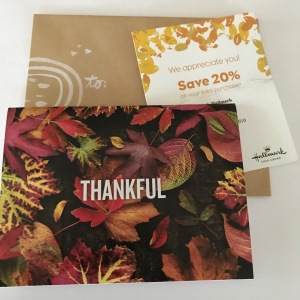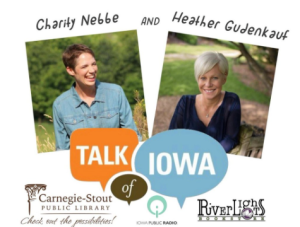Gander is a town of only 6,000 yet they housed, fed, clothed and comforted double that number – for five days -- when 38 international flights were forced to land in Newfoundland when American airspace was closed. The musical tells the story of Gander’s efforts to accommodate their unexpected guests and relays the scope of their quest to do so. In one song, a resident contributes a tray of sandwiches and the organizer says: “We need 50 more.” “Sandwiches?” “No, trays.”
As an event planner myself, I think of the hours and hours of preparations and countless meetings that would have been involved if Gander had known that a multitude of jumbo jets would be descending upon them. They would have developed spreadsheets, plans, supply orders and made countless other arrangements if this was expected. But somehow they pulled it off anyway, with less than an hour’s notice.
I am in favor of proactive planning, but sometimes I think we invest too much effort into it. Even with meticulous preparations, you cannot anticipate every need or situation and it reaches a point where it is futile to try.
Do your best to be ready for the expected, but allow yourself some latitude to accommodate the unexpected as well.

Thanks Emily for sharing the soundtrack – I highly recommend it to others!























 most influential book on my list!
most influential book on my list!







